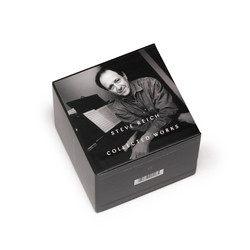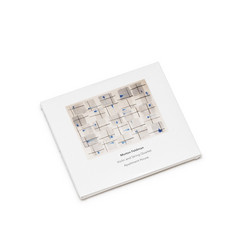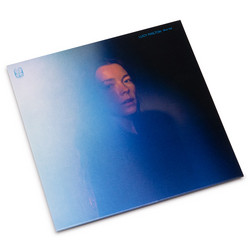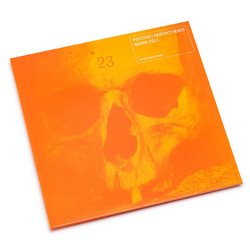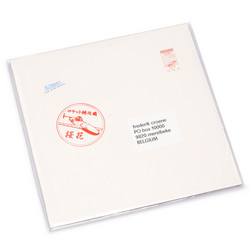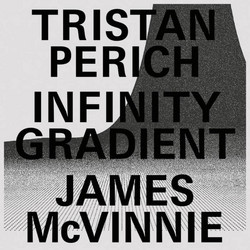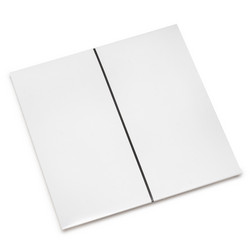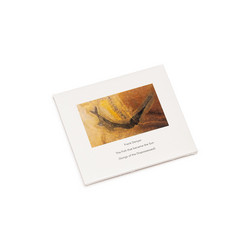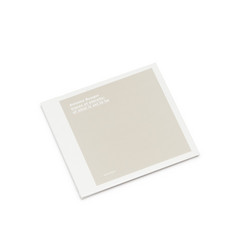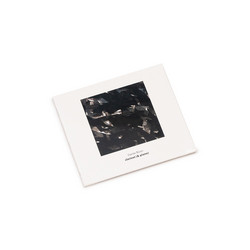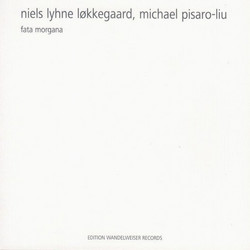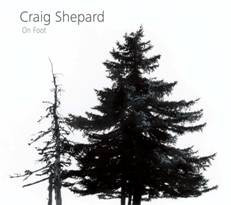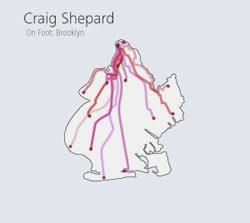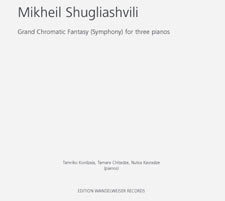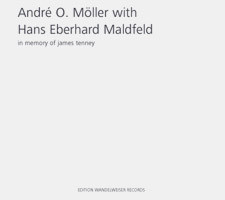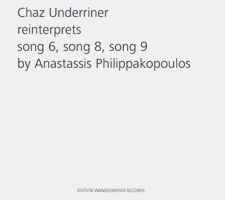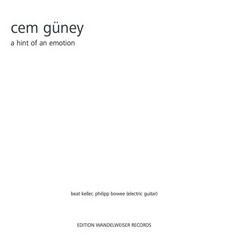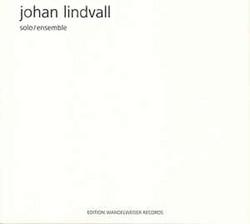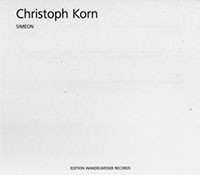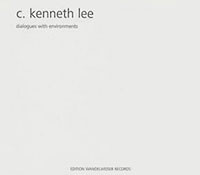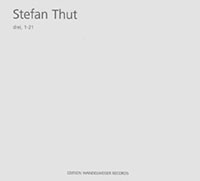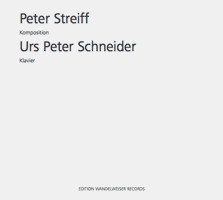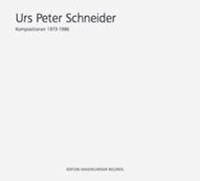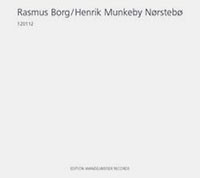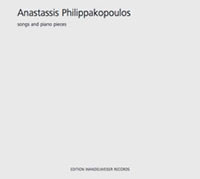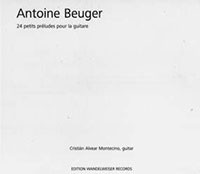Dante Boon
cage.frey.vriezen.feldman.ayres.johnson manion
Pianist and composer Dante Boon often programs his recitals as webs. He likes to put compositions of great diversity in style and technique side by side. However, myriad connections can always be found between pairs of pieces, and these give the whole a subtle coherence. This is also how his first CD is organized, presenting pieces by seven composers spanning almost a century of music. But the most important unifying element of this disc is Dante's own musical personality and approach to the piano. Two poles are important for Dante's playing. On the one hand he is drawn towards the musical discipline of the Cageian tradition and its concern with objectivity in sound. On the other hand, early Romanticism, particularly German song repertoire, is important to him. For many listeners, these poles may seem like opposites. For Dante, however, there is no contradiction. In his playing, precision of technique and conceptual clarity are expressions of a passionate engagement with sounds and their progression as melody. Here, melodic thought reveals the sonic concept and it is the concept that is sung.” Samuel Vriezen. Program :
“Études Australes” (1974-75) by John Cage,
“Sam Lazaro Bros” (1984) by Jürg Frey,
“Possible Worlds” (2003) by Samuel Vriezen,
“Last Pieces” (1959) by Morton Feldman,
“Two Pieces for Piano (1935-1974) by John Cage,
“N°8 piano (solo) (1991) by Richard Ayres (1965),
“One” (1987), by John Cage,
“Tilework for Piano” (perfect triplet tilings, 5th order) (2003) by Tom Johnson (1939),
“Music for Solo Piano” (2006) by Michael Manion.
“Études Australes” (1974-75) by John Cage,
“Sam Lazaro Bros” (1984) by Jürg Frey,
“Possible Worlds” (2003) by Samuel Vriezen,
“Last Pieces” (1959) by Morton Feldman,
“Two Pieces for Piano (1935-1974) by John Cage,
“N°8 piano (solo) (1991) by Richard Ayres (1965),
“One” (1987), by John Cage,
“Tilework for Piano” (perfect triplet tilings, 5th order) (2003) by Tom Johnson (1939),
“Music for Solo Piano” (2006) by Michael Manion.
Details
Cat. number: EWR 1001-02
Year: 2010
